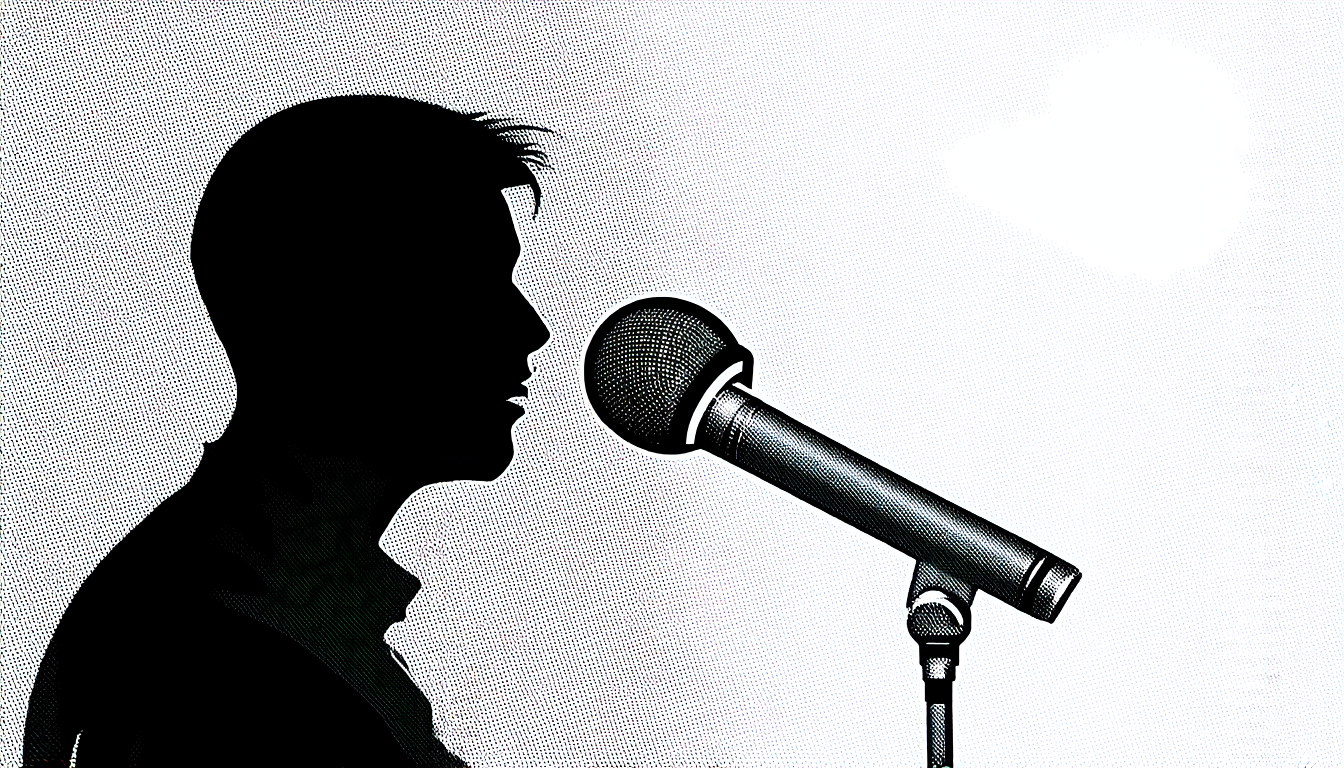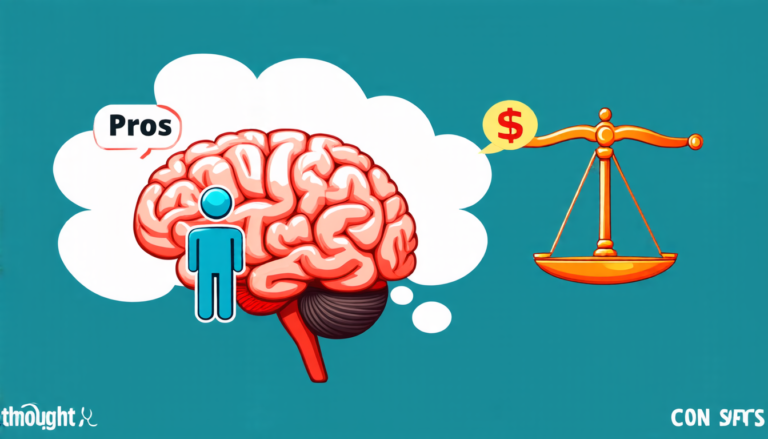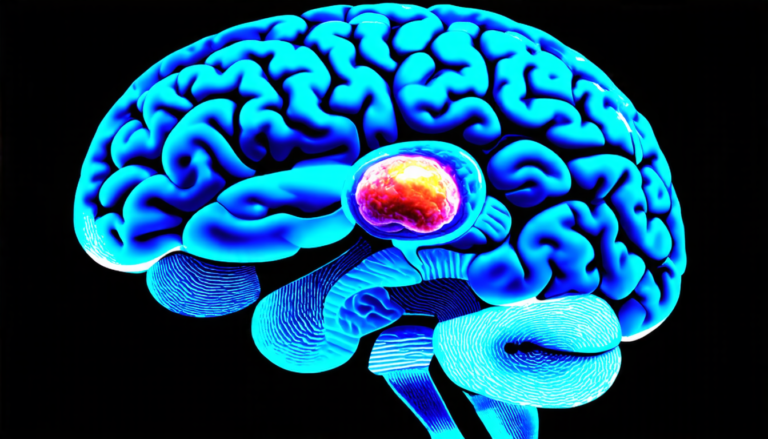Friday 21 November 2025
Scientists have made a significant breakthrough in the field of speech enhancement, allowing for higher-quality audio recordings and improved communication.
For years, researchers have been working on developing more effective methods to improve the quality of degraded or noisy speech signals. This is particularly important for applications such as teleconferencing, voice assistants, and hearing aids.
A recent study published in a leading scientific journal has introduced a new approach that uses large language models to enhance speech signals. The model, called DAC-SE1, is capable of producing high-fidelity audio recordings, even in the presence of significant noise or distortion.
The researchers used a technique called discrete audio representation, which involves converting audio signals into a sequence of tokens. This allows the model to focus on specific aspects of the signal, such as the tone and pitch of the speaker’s voice.
To train the model, the scientists used a large dataset of clean speech recordings and noisy versions of those recordings. The model was then fine-tuned using a two-stage training process, which involved first training it on a general set of tasks and then focusing on specific speech enhancement tasks.
The results were impressive, with the DAC-SE1 model outperforming existing methods in both objective and subjective evaluations. The model was able to improve the clarity and intelligibility of degraded speech signals, making it easier for listeners to understand what is being said.
One of the key advantages of this approach is its ability to handle a wide range of noise types and levels. This makes it particularly useful for applications where there may be varying amounts of background noise or interference.
The researchers also found that their model was able to generalize well to new, unseen recordings, which is an important consideration for any practical application.
Overall, the DAC-SE1 model represents a significant advance in the field of speech enhancement. Its ability to produce high-quality audio recordings from degraded signals has the potential to greatly improve communication and understanding.
The researchers are now working on further refining their approach and exploring its applications in areas such as telemedicine and voice-controlled devices. With its potential impact on daily life, this breakthrough is an exciting development that could have far-reaching consequences.
Cite this article: “Breakthrough in Speech Enhancement Technology”, The Science Archive, 2025.
Speech Enhancement, Audio Recordings, Noise Reduction, Language Models, Dac-Se1, Speech Signals, Teleconferencing, Hearing Aids, Voice Assistants, Machine Learning







